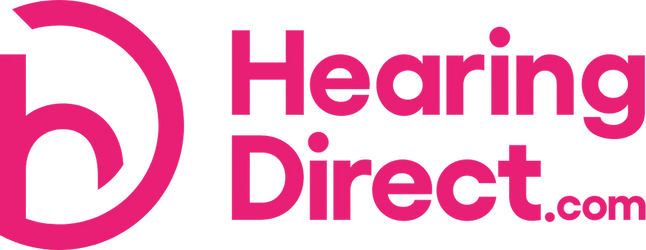Hearing Loss In Young People
Hearing loss is a common condition in the western world, and the UK is no exception. Over 9 million people are thought to suffer from some degree of hearing loss. According the RNID (The Royal National Institute for Deaf People) out of the UK’s 9 million hard of hearing, the vast majority (>70%) are over 60 years old and suffer from age related hearing loss, also known as presbycusis. Hearing loss amongst those younger than this can be from a variety of causes, it can be present at birth or occur because of disease or infections later in life, or even be caused due to noise. Noise induced hearing loss (NIHL) appears an unfortunate consequence of our industrialised lives.
Around 840 babies a year are born with a significant hearing impairment. About 1 in 1,000 children are deaf at age three. Effects of hearing loss will vary according to the severity of the loss, and at what age or stage of development the loss occurs within each child. Hearing loss in children needs to be diagnosed and managed by a team of health care professionals.
Whilst more severe hearing loss in children may be easier to identify, there is a growing concern among hearing healthcare professionals that prolonged exposure to high levels of noise is leading to hearing loss (albeit milder losses) among young people. While UK figures are not widely available, according to the American Academy of Audiology, more than 5 million children age 6 to 19 in the USA are thought to show noise-induced hearing loss. The degree of any resultant hearing loss caused by noise exposure will depend on the level of the noise and the duration of exposure. Children and teens may be more at risk due to the widespread use of devices such as MP3 players. Many of these devices are capable of producing high volume levels for long periods of time due to their high-tech long-lasting batteries.
For the vast majority of hearing loss causes including NIHL, once damage has been done, it is permanent, and can be managed rather than cured. Ways to reduce hearing loss amongst young people include education, use of hearing protection as well as setting an example for them to follow.
1. Education - Children should be made aware of the dangers of loud noise. Sounds that exceed 85 db are potentially harmful to ones hearing system and appropriate action should be taken. Children are acutely aware of the actions and reactions of their parents, so you should lead by example and demonstrate that you understand the risks of hearing loss and doing your best to prevent those.
2. Music Devices – When headphones are worn, volume settings are often increased to override environmental noise, which can place the listener at risk for noise damage. Some headphones and MP3 players will automatically limit the volume of sound.
3. Hearing Protection - Earplugs are the most popular form of hearing protection. These are inserted in the ear canal to protect the wearer's hearing from loud noises caused by any number of reasons. Noise can be from machinery such as when mowing the lawn (100 db) or even from strong wind such when riding a scooter. Ear protection in the form of headphones is also available, and can offer even more attenuation of sound than earplugs.
4. Precaution – Encourage young people not to stand too close to loud speakers at concerts – however tempting it may be!
If you suspect that your child’s hearing might be impaired, visit your GP for a hearing test. This testing is quick and painless.
